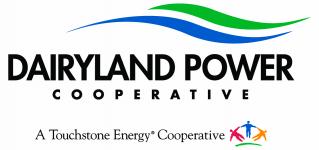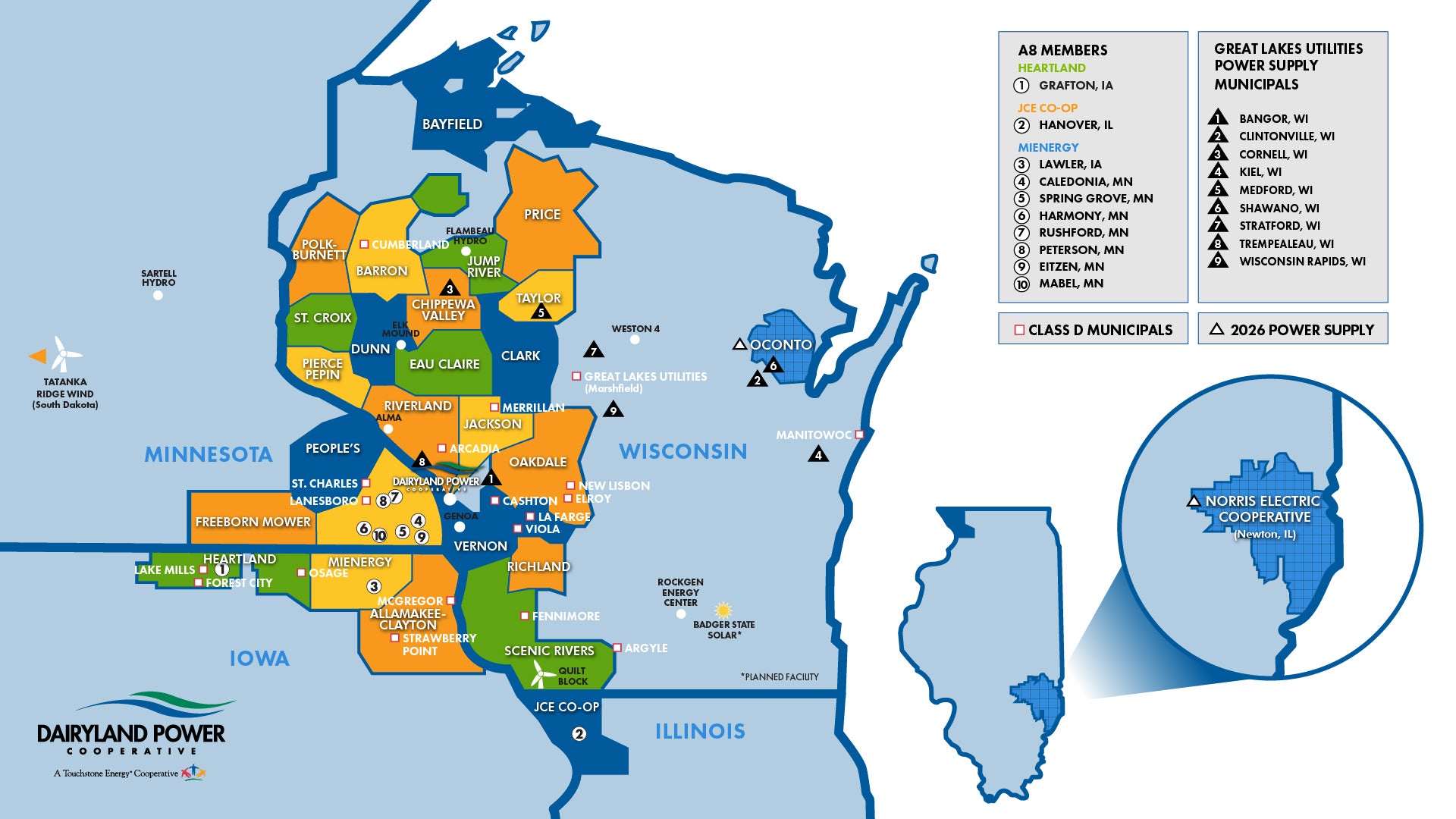
Dairyland Power Cooperative generates electricity by using both traditional and renewable energy resources to provide safe, reliable and cost-competitive electricity. Dairyland owns and operates several power plants utilizing a progressive 'all of the above' strategy: hydroelectric, natural gas, coal, landfill gas and solar generation. Below is a look at our generation mix:
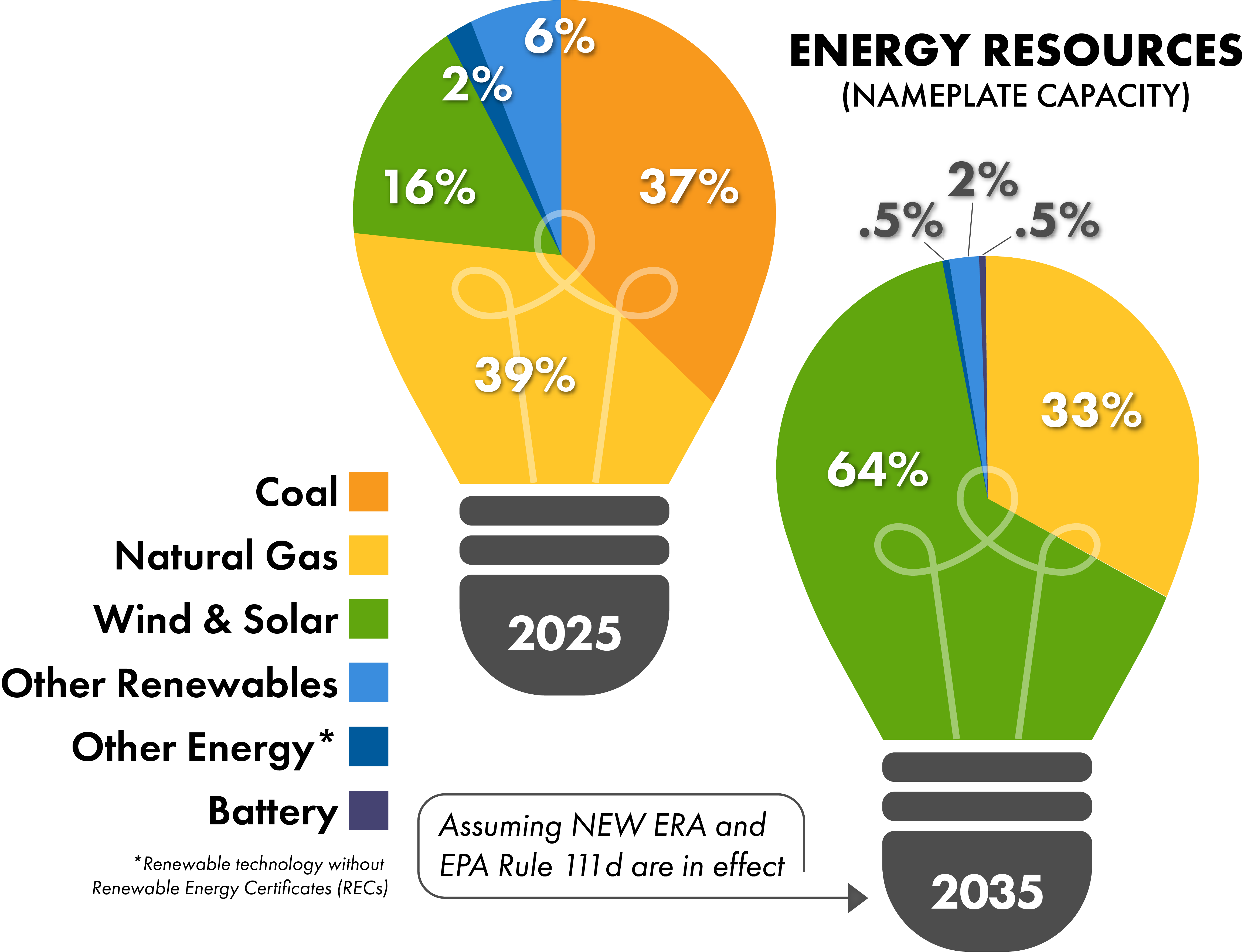
Renewable Energy
Dairyland purchases wind and additional hydro, solar and biomass generation from facilities in Iowa, Illinois, Minnesota, South Dakota and Wisconsin. The Empowering Rural America (New ERA) grant awarded to Dairyland will boost our solar and wind energy purchases in the future.
Member cooperatives promote renewable energy to their consumer-members through Evergreen, a voluntary green energy program in which members can choose to support Dairyland’s renewable energy resources.
Consumer-Owned Renewable Energy
Dairyland works with our member cooperatives to support consumer-owned renewable energy projects. More than 3,300 consumer-owned distribution generation installations are located throughout Dairyland’s service territory.
Dairyland is also a leader in the National Renewables Cooperative Organization, a national cooperative to develop cost-effective renewable energy resources for electric cooperatives across the nation.
For detailed information, click on any of the links below:
Hydroelectric Power

Flambeau | Sartell
Dairyland's Flambeau Hydroelectric Station (pictured on the front of this card - 18.96 MW) has been producing quiet, emission-free electricity in northern Wisconsin since 1951. Through Dairyland's stewardship program, the Dairyland Reservoir is a premier fishing destination in northern Wisconsin - hosting the 2019 Governor's Fishing Opener. More information regarding water levels, living with dams, recreation opportunities and surrounding parks along the reservoir's 24 miles of shoreline can be found here.
Dairyland also purchases power from the Sartell Hydro Project (10 MW) in Sartell, Minn., and the Manitoba Hydro Exchange (50 MW).
90
Flambeau dam is 90 feet tall
3
Turbines = 18.8 MW
79
Total hydroelectric capacity
Coal
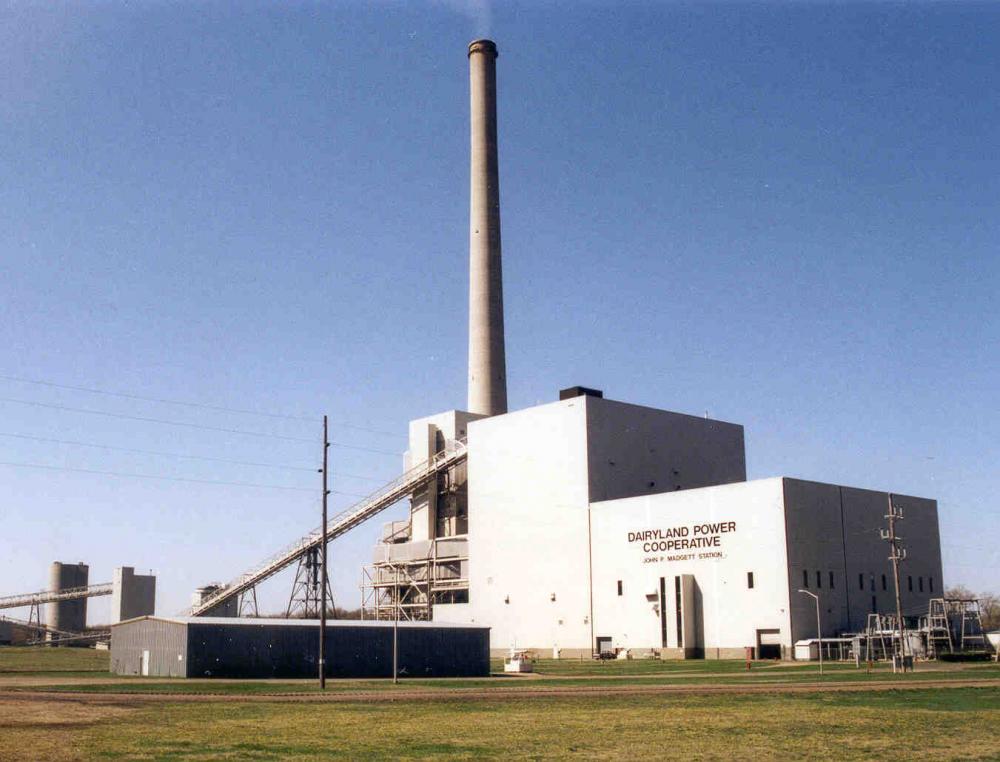
JPM | Weston 4
The John P. Madgett Station (JPM) - pictured on the front - is south of the former Alma Station site, along the Mississippi River in Alma, Wis. JPM has been in commercial operation since November 1979. The single-unit station has a generating capacity of 387 MW. The facility was named after the late John P. Madgett, Dairyland's general manager from 1947 to 1978.
Coal combustion byproduct (ash) from JPM that isn’t recycled is transported to the Alma Off-Site facility. There, the byproduct is pressure pumped into a holding silo preceding treatment and disposal. Dairyland collaborates on research to progress the beneficial reuse of the byproduct for use in concrete and agriculture applications.
Dairyland is also a 30 percent owner in the 595 MW Weston 4 power plant (Wausau, Wis.) The facility achieved commercial operation on June 30, 2008, and is operated by Wisconsin Public Service Corp., the majority owner. Weston 4 uses clean coal technology, a high efficiency boiler, low sulfur coal as fuel and features sophisticated emission controls to minimize environmental impacts.
387
MW of capacity
179
$179 million to build
165
Weston 4 - MW of capacity
Combustion Turbines
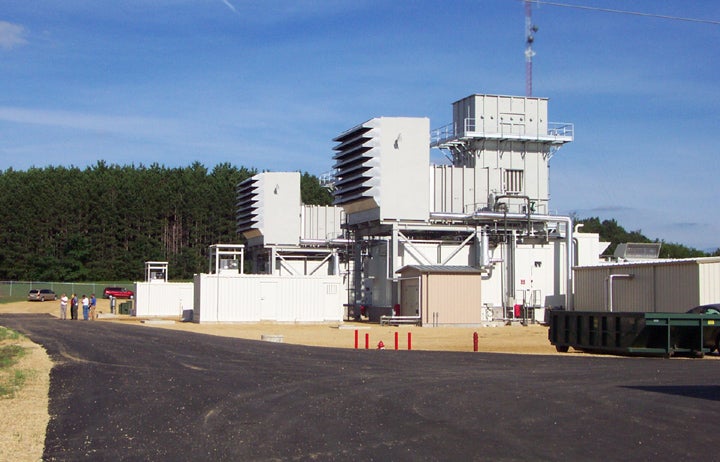
Natural Gas
Dairyland Power Cooperative’s natural gas facilities are essential to maintaining a reliable and affordable energy supply, especially during peak demand periods. These resources support Dairyland's sustainability goals and complement renewable energy integration. Dairyland's portfolio includes four sites:
-
Elk Mound Combustion Turbines (Elk Mound, Wis.)
-
Operational since 2001
-
74 MW
-
-
RockGen Energy Center (Cambridge, Wis.)
-
Acquired in 2021
-
503 MW
-
-
Elgin Energy Center (Elgin, Ill.)
-
Acquired in 2025
-
483 MW
-
-
Rocky Road Energy Center (East Dundee, Ill.)
-
Acquired in 2025
-
333 MW
-
Wind
Dairyland's Wind Portfolio
Dairyland has power purchase agreements for more than 200 MW of wind generation, mostly located in southwest Wisconsin, southeast Minnesota, northwest Iowa and South Dakota. Facilities include:
- Quilt Block Wind Farm (98 MW)
- Tatanka Ridge Wind Farm (52 MW)
- Winnebago Wind Power Project (20 MW)
- Adams Wind Farm (17 MW)
- "Other" wind (19.6 MW across multiple facilities)
Landfill Gas-to-Energy

Landfill Gas-to-Energy
The natural byproduct of the residential waste landfills, methane gas, is the fuel used to generate renewable energy at each site:
Central Disposal Landfill Generating Station (Lake Mills, Iowa)
The 4.8 MW Central Disposal landfill gas-to-energy (LGE) generating facility can power 4,000 homes. Dairyland Power Cooperative purchases the renewable energy from the owner of the landfill, Waste Management, Inc.
Central Disposal is located near Lake Mills, Iowa. The LGE plant came online in spring 2006.
Timberline Trail Landfill Generating Station (Bruce, Wis.)
The 5.6 MW Timberline Trail landfill gas-to-energy (LGE) generating facility can power 4,660 homes. Dairyland Power Cooperative purchases the renewable energy from the owner of the landfill, Waste Management, Inc.
The Timberline Trail Landfill Generating Station is located near Bruce, Wis. The LGE plant came online in spring 2006.
Solar
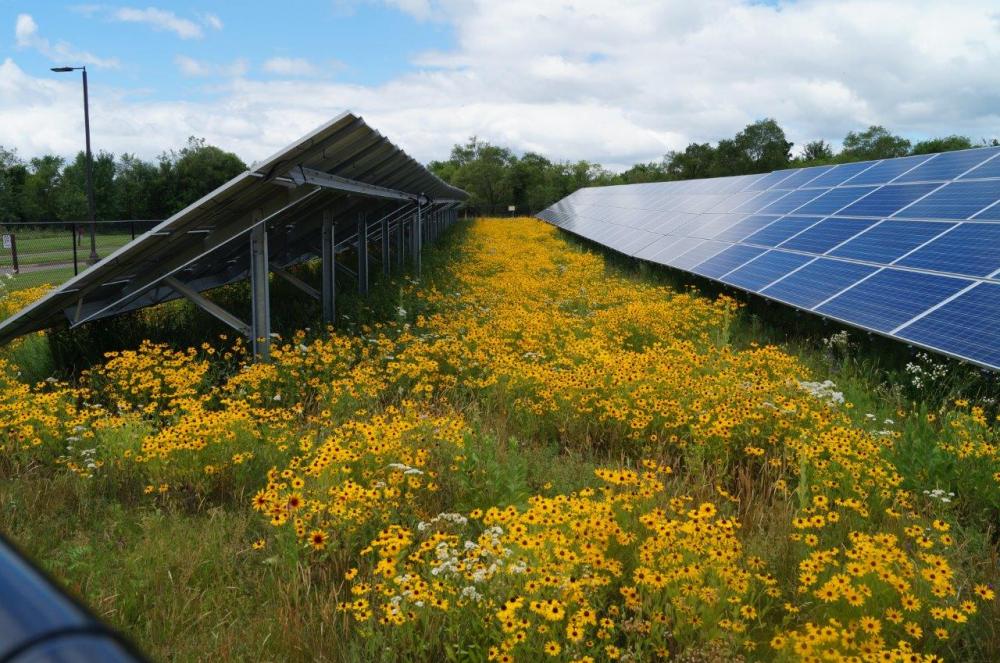
Solar
Dairyland's solar generation capacity of nearly 58 megawatts (MW) is a shining example of working collaboratively to align business decisions with Dairyland's Sustainable Generation Plan of resource diversification. Many of Dairyland's solar facilities within its service territory include a community solar project for the host member distribution cooperative. All of Dairyland's solar sites will also feature pollinator gardens to help sustain bee and butterfly populations. Native grasses and flowering forbs create the gardens.
Badger State Solar
In 2019, Dairyland announced a power purchase agreement with Ranger Power for Badger State Solar - a proposed 149-megawatt (MW) array to be located in the Towns of Jefferson and Oakland in Jefferson County, Wis. The Badger State Solar Project will generate enough renewable energy to power more than 20,000 homes. Pollinator habitat is also planned for the site.
This table highlights Dairyland's solar investments that are currently online and generating power. Dairyland also purchases energy from major solar installations in Westby, Wis. (Vernon Electric Cooperative) and Oronoco, Minn. (People's Energy Cooperative/Minnesota Three).
